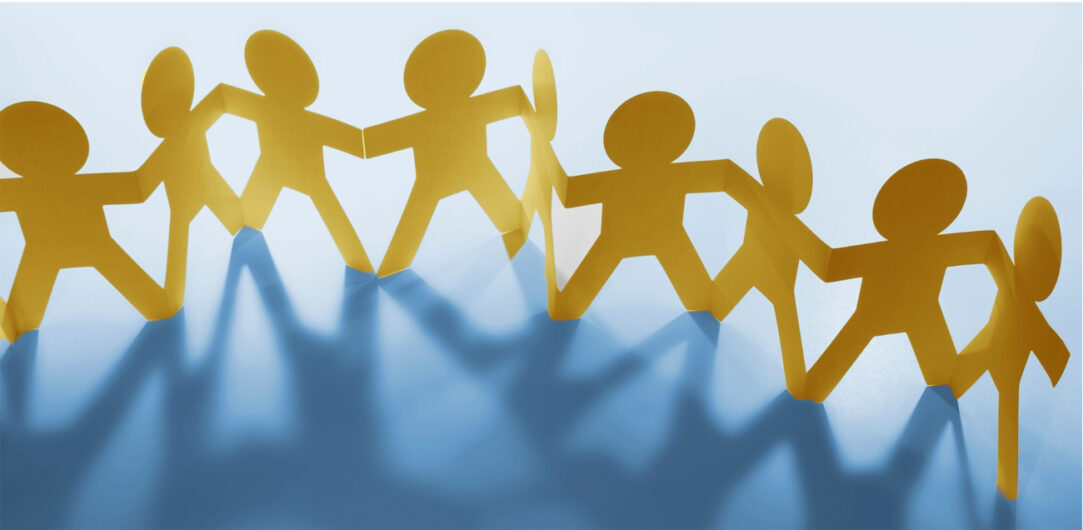Helping Victims of Child Trafficking, and Victims’ Children
Children are one of the most vulnerable groups in human trafficking. Childhood exploitation will endanger a child’s growth and development. Therefore, even an attempt of child trafficking is a punishable offence.

Merely the recruitment, transfer or reception of children for the purpose of exploiting them falls within the offence of human trafficking. In other words, even when an act of exploitation has not yet taken place, the offence is punishable.
Children are exposed to all forms of human trafficking, including special forms of child trafficking. These include forced and child marriages, illegal adoption and coercion to become a child soldier. Finnish children may also become victims of human trafficking.
In addition to underage victims, the children of trafficking victims who have not themselves been trafficked often need special support. Children may have had to witness exploitation of their parents. Due to their own experiences, parents who have become victims of human trafficking sometimes cannot offer their child a stable environment for growth. This does not mean that trafficking victims are bad parents – it just means that they may sometimes need extra help with coping with parenting along with everything else they’re going through.
Due to children’s vulnerability, it is important that they are given support and help by people who are specialised in child protection and assistance.
Helping a child victim requires cooperation
Many different people come together to help the victims of child trafficking and the children of the victims of human trafficking. The key coordinators include the National Assistance System for Victims of Human Trafficking (the NAS), the Child Welfare authorities and municipalities. The police are responsible for ensuring the safety of child victims. As a rule, all matters concerning children must be urgently dealt with.
A child victim’s right of residence is a key issue that decides how the responsibilities are divided between the helpers. Based on the child victim’s right of residence, the responsibilities can be divided into three groups:
- If a child victim has a municipality of residence in Finland, the corresponding welbeing services county is responsible for helping the child. The wellbeing services county is responsible for providing the services a child needs. They are also responsible for housing the child, depending on their circumstances. The NAS gives guidance to wellbeing services counties when needed, especially if a child’s safety is at risk.
- If a child victim is an asylum seeker in Finland, the reception centres for (unaccompanied minor) asylum seekers are largely responsible for providing the services. The NAS provides support and consultation to reception centres and covers some of the expenses for additional services offered to child victims (e.g. therapy). If the situation involves a significant threat to the child’s personal safety or welfare, a child welfare report must be submitted. In such a case, the Child Welfare authority will asses the child’s needs of assistance and decide upon measures to protect the child.
- If a child victim is not an asylum seeker in Finland and does not have a municipality of residence, the NAS will be responsible for providing all services. If the child is alone in Finland, the child’s safety is at risk or the child’s parents are suspected of complicity in the child becoming a victim, the NAS will submit a child welfare report. If necessary, the Child Welfare authority will find a placement for the child and carry out other protection measures.
Children who have been admitted to the NAS are entitled to a broad range of services and help
Child victims admitted to the NAS are always provided with health care on the same basis as persons who have a Finnish municipality of residence. Child victims are entitled to these services irrespective of whether they have a municipality of residence.
The same applies to the children of victims who have been admitted to the NAS.
With regard to child victims or children of victims who have been admitted to the NAS, a child welfare report must be made without delay, if there is need to investigate the need for child welfare on account of the child’s need for care, circumstances endangering the child’s development, or the child’s own behaviour (section 25 of the Child Welfare Act).